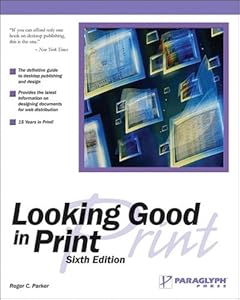 Image by linoleum jet via FlickrI am done reading this book, and while I can say that it is almost in the same line of methodologies as the other book from Riders (Bulletproof Ajax), they have different offerings.
Image by linoleum jet via FlickrI am done reading this book, and while I can say that it is almost in the same line of methodologies as the other book from Riders (Bulletproof Ajax), they have different offerings.Scriptin' focuses on reuseable javascripts, and the final two chapters is supposed to be a working example that brings in all the discussed knowledge.
Unfrotunately for me that can't materialize. It was dealing with PHP, and I don't have a server that runs PHP.
Anyway, the javascripts I have learned just fine, expecially those nice formatting techniques, stripes, character counting, etc., etc.
And of course, these functionalities, more or less, are somewhat available in the Visual Web Developer toolkit.
So what's good about this book?
I know from the ground up how these already-available controls work. If I have to code by hand, I may struggle, but I can survive. I can continue. I won't be stuck.
I can go on Scriptin'!





